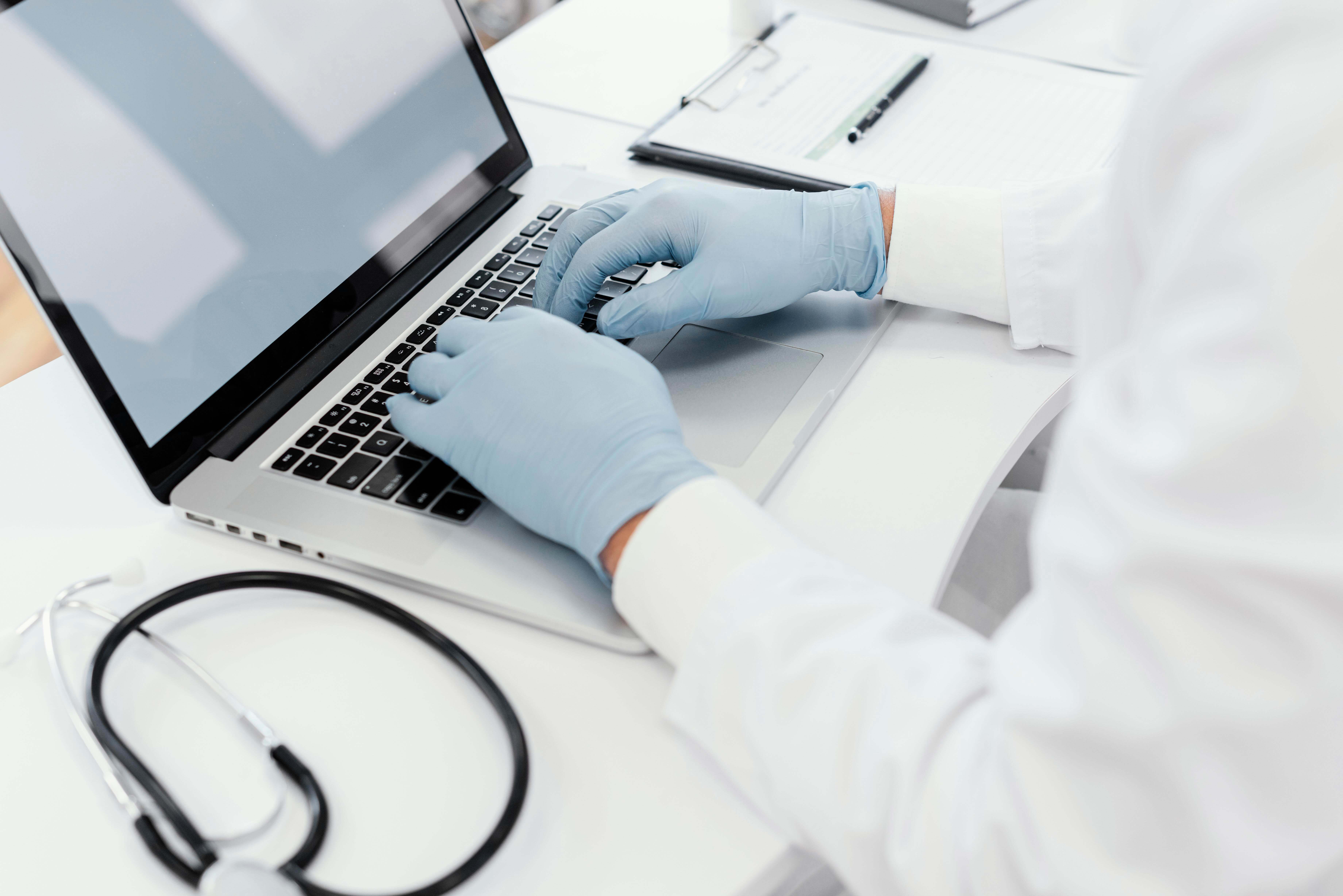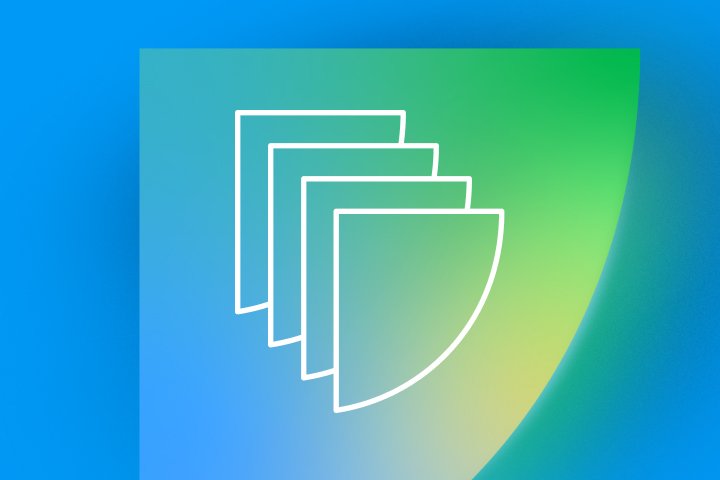As the healthcare industry continues to digitize and store sensitive patient data electronically, the risk of data breaches and cyber-attacks has become a major concern. These attacks can not only put patients' privacy at risk but also lead to identity theft, intellectual property loss, and other criminal activity.
With the costs and frequency of data breaches on the rise, it's critical for healthcare institutions to prioritize data loss protection (DLP) measures to safeguard patient information and prevent unauthorized access.
In this article, we'll explore why healthcare institutions need DLP solutions to keep up with the latest technical developments and ensure that patient data is secure.

What are the most important types of data that healthcare organizations need to protect?
- Patient names and addresses
- Email addresses
- Account numbers, credit card information
- Social security numbers
- Medical records, diagnosis, and genetic information
- Prescription information
- Fingerprints, retinal and voice prints
- Health insurance beneficiary numbers
- Proprietary data and intellectual property
Simply meeting compliance regulations is not enough to protect sensitive information, as cyber criminals continue to find new ways to exploit vulnerabilities in healthcare systems. So, why should healthcare institutions use DLP?
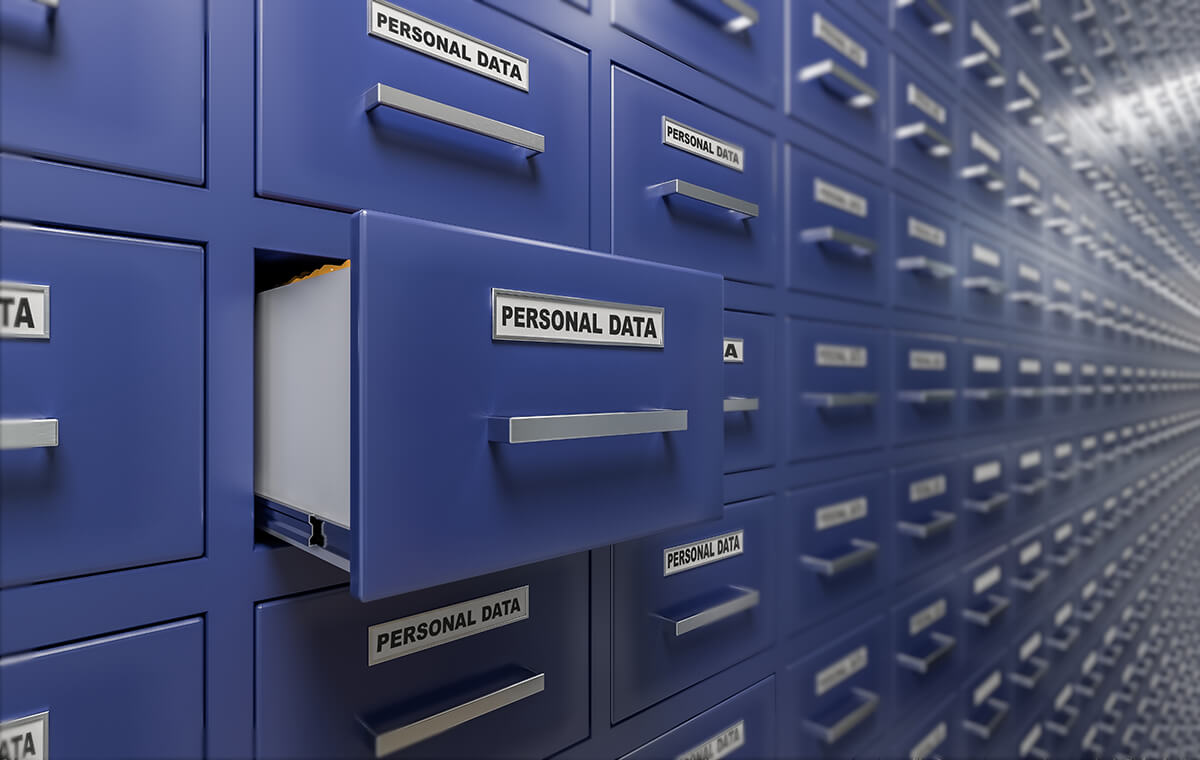
Reason #1: Compliance with regulations
Healthcare institutions need to comply with regulations such as the Health Insurance Portability and Accountability Act (HIPAA) and the General Data Protection Regulation (GDPR) to protect patient information.
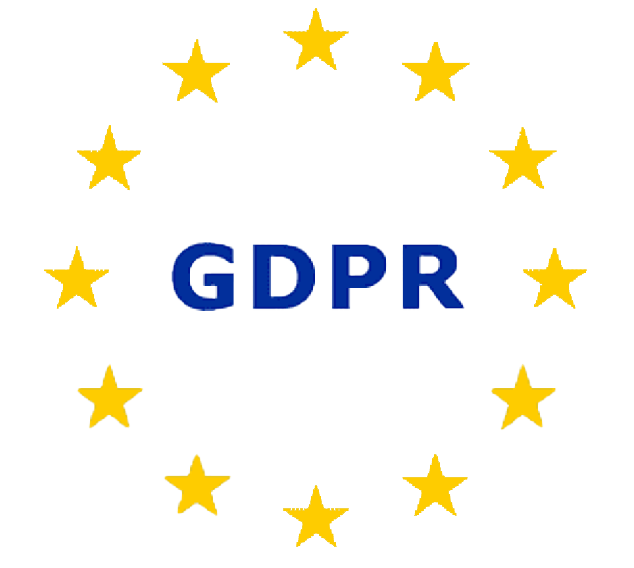
HIPAA is a law in the United States that says healthcare providers have to make sure that patient personal medical information is kept private and safe. It requires security measures to protect against unauthorized access, use, or disclosure of this health information.
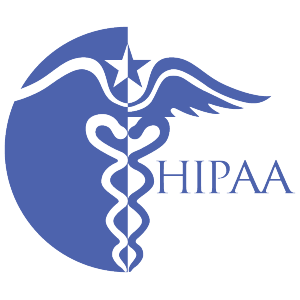
GDPR is a data protection and privacy law that requires organizations to ensure that personal data is collected, used, and shared appropriately and that individuals are informed about how their data is used. The GDPR applies to any organization, regardless of where it is based, that works with the personal data of individuals located in the EU (and is not limited to healthcare).
Safetica can not only help organizations understand and comply with these regulations, but our DLP solutions allow for the automatic creation of data activity logs, which simplifies the auditing process required by HIPAA. With automatic logs, healthcare organizations can track the origin of data breaches and resolve them promptly.

Reason #2: Mitigating the risk of data breaches
Data breaches in healthcare can be incredibly costly, both financially and in terms of reputation. Just look at the statistics:
- The average cost of a data breach in the healthcare industry is USD 10.10 million – by far the costliest out of all industries (according to the 2022 Cost of a Data Breach Report by IBM).
- The cost of a data breach has gone up 42% since 2020.
- In addition, the average time to identify and contain a data breach in healthcare is 287 days, which is the longest of any industry, adding to the overall costs.
- And finally, the total number of data loss incidents in healthcare has almost tripled in the last 4 years.
We aren’t fortune-tellers, but those numbers aren’t exactly indicative of a bright future for healthcare’s data protection.
It’s also important to realize that actual data breach costs can increase tenfold due to possible increased insurance fees, lawsuit settlements, penalties, lost business costs, and investigation costs associated with data loss in healthcare.
To point out one critical issue, ransomware attacks are a growing concern for the healthcare industry. Ransomware is basically data kidnapping. It’s designed to encrypt files on a victim's computer, making them inaccessible until a ransom is paid to the attacker. Cybercriminals make use of ransomware by tricking people into clicking on a link or downloading a file that infects their computer.

Safetica's DLP can help prevent ransomware attacks by detecting suspicious activity, such as large amounts of data being transferred to external devices or unusual data access patterns, which could indicate a ransomware attack in progress. DLP solutions can also restrict the use of certain applications and prevent the execution of suspicious code, helping to minimize the risk of ransomware infections.
A good DLP solution will automatically discover, classify and secure sensitive files. Safetica’s DLP will analyze your environment to find out places where there’s a risk of data breach and continuously monitor data usage. For instance, Safetica’s DLP can detect when an external user tries to access data without proper authorization or when a new device is added to the network.

Reason #3: Protection against insider threats
Insider threats, usually meaning employees intentionally or accidentally leaking sensitive data, account for almost 50% of all healthcare data breaches.
In fact, the cost of a data breach caused by an insider threat is typically higher than that of an external threat, making it crucial for healthcare organizations to implement effective security measures to prevent and detect such incidents.
Phishing attacks and stolen credentials are the most common types of human error-related breaches. Phishing attacks occur when an employee is tricked into sending their information through a fraudulent email, message or website, while stolen credentials can result from employees using weak passwords.
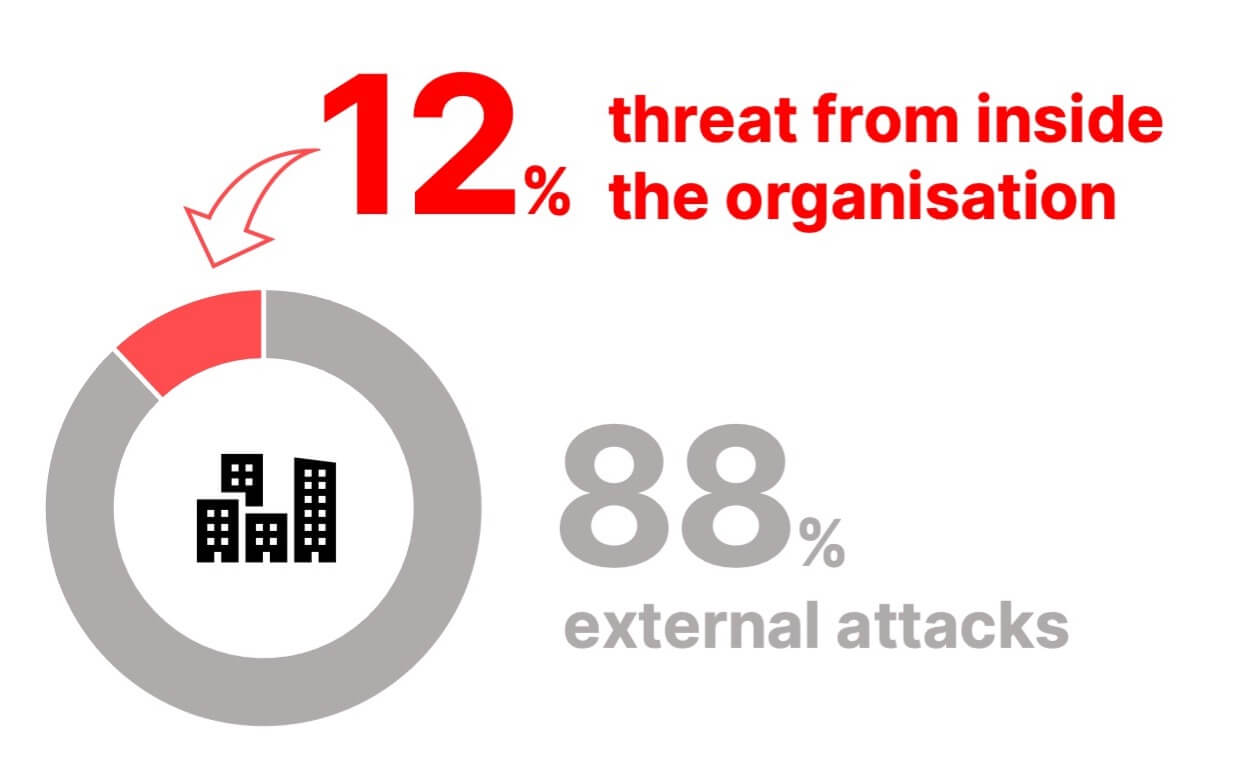
An effective way to prevent these types of data breaches is ongoing employee training on security best practices and regularly updating and enforcing credential management policies. This can include encouraging the use of strong and unique passwords, implementing multi-factor authentication, and regularly reviewing and revoking access credentials for former employees.
Basically, you want to make sure to authenticate and authorize any access to the network, from anyone, in each instance. The Zero Trust Approach is a good starting point that should be the standard in healthcare.
By prioritizing employee training and credential management, healthcare organizations can reduce the risk of data breaches and better protect patient information from potential threats.
Safetica can help ensure that employees are following internal security policies. Our data loss prevention system can also monitor data usage in real time, detecting and preventing data breaches by alerting IT teams to any suspicious activity. For example, it can detect when a user attempts to access sensitive data from an unauthorized device.
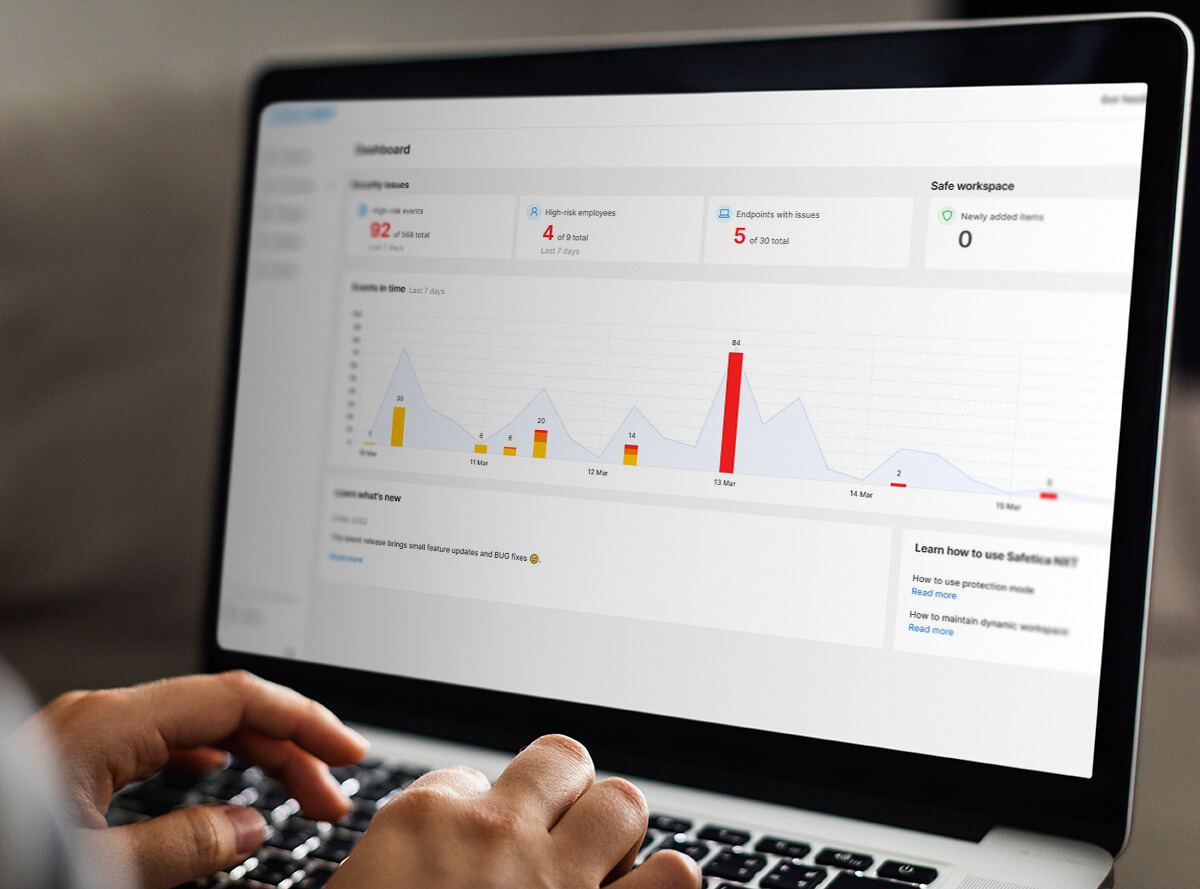
Reason #4: Protecting Intellectual Property
In addition to protecting patient data, healthcare institutions must protect their proprietary data, such as research results or patient data sets. Healthcare institutions such as hospitals invest a lot of time and money in research and development, making research data and intellectual property highly valuable. It can be a target for cybercriminals or even competitors seeking to gain an edge.
Rather than waiting for a data breach to occur, healthcare organizations can take a proactive approach to protecting intellectual property by implementing a good DLP solution. This could include setting up alerts for suspicious activity or detecting anomalies in data usage patterns.
Automated activity logs help to monitor the flow of data both within and outside of the organization. Safetica’s DLP can also be used to block employees from sending sensitive data to personal email accounts or to prevent data from being downloaded onto unauthorized devices.
Why Safetica is the best partner for the healthcare industry
It's clear that healthcare institutions face a multitude of challenges when it comes to protecting sensitive data. From insider threats to ransomware attacks, the risks are too great to handle without a comprehensive data loss prevention (DLP) solution.
Safetica's DLP solutions can help healthcare organizations meet compliance and data security requirements while freeing up healthcare professionals to focus on providing the best possible care to their patients.
With Safetica, your healthcare data will be monitored 24/7, both within and outside of the work environment, giving you the peace of mind that your data is secure. Our dedicated DLP solutions are user-friendly, automated, and customizable.
Next articles
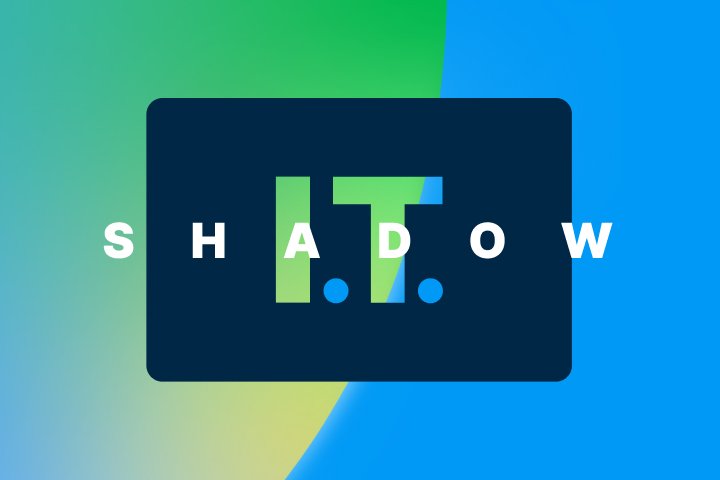
Hidden Data Everywhere: Why It’s Important to Have Complete Visibility for Data Security
Modern work creates blind spots across shadow IT, AI tools, personal devices, and third-party services. This article explains why visibility is essential for effective data discovery and stronger data protection.
